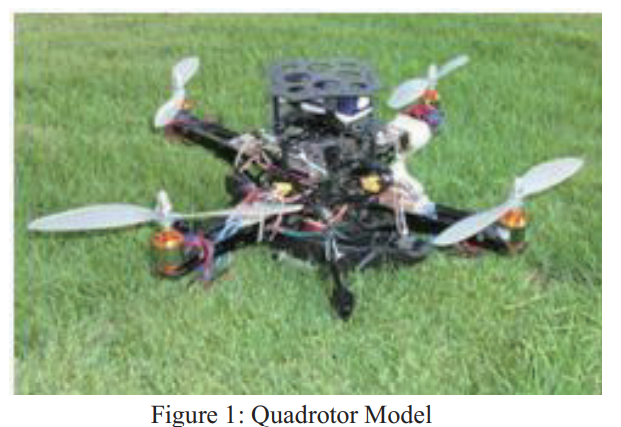
On-board multiple target detection and tracking on camera-equipped aerial vehicles
This paper presents a novel automatic multiple moving target detection and tracking framework that executes in real-time with enhanced accuracy and is suitable for UAV imagery. The framework is deployed for on-board processing and tested over datasets collected by our UAV system. The framework is based on image feature processing and projective geometry and is carried out on the following stages. First, FAST corners are detected and matched, and then outlier features are computed with least median square estimation. Moving targets are subsequently detected by using a density-based spatial
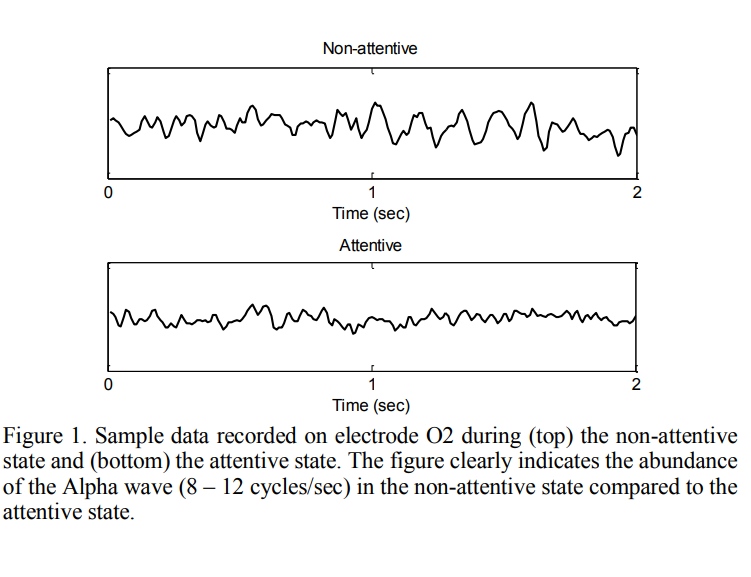
EEG spectral analysis for attention state assessment: Graphical versus classical classification techniques
Advances in Brain-computer Interface (BCI) technology have opened the door to assisting millions of people worldwide with disabilities. In this work, we focus on assessing brain attention state that could be used to selectively run an application on a hand-held device. We examine different classification techniques to assess brain attention state. Spectral analysis of the recorded EEG activity was performed to compute the Alpha band power for different subjects during attentive and non-attentive tasks. The estimated power values were used to train a number of classical classifiers to
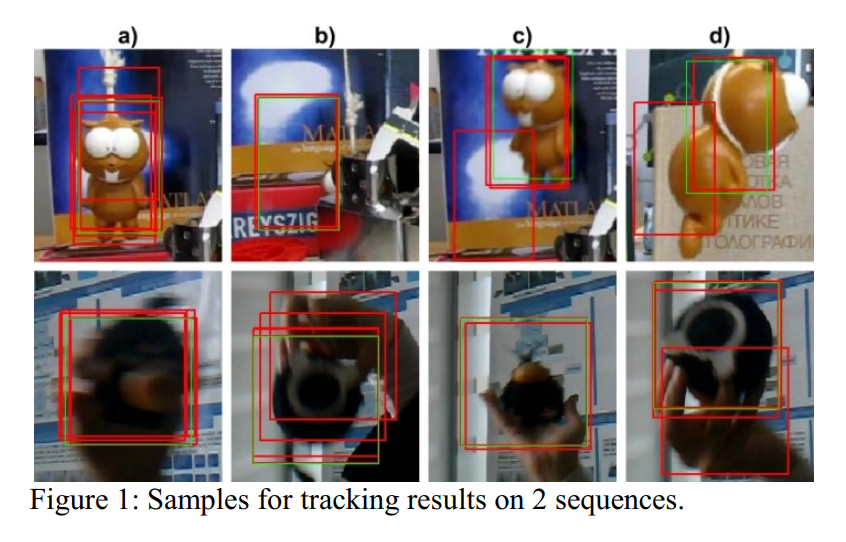
Robust real-time tracking with diverse ensembles and random projections
Tracking by detection techniques have recently been gaining popularity and showing promising results. They use samples classified in previous frames to detect an object in a new frame. However, because they rely on self updating, such techniques are prone to object drift. Multiple classifier systems can be used to improve the detection over that of a single classifier. However, such techniques can be slow as they combine information from different tracking methods. In this paper we propose a novel real-time ensemble approach to tracking by detection. We create a diverse ensemble using random
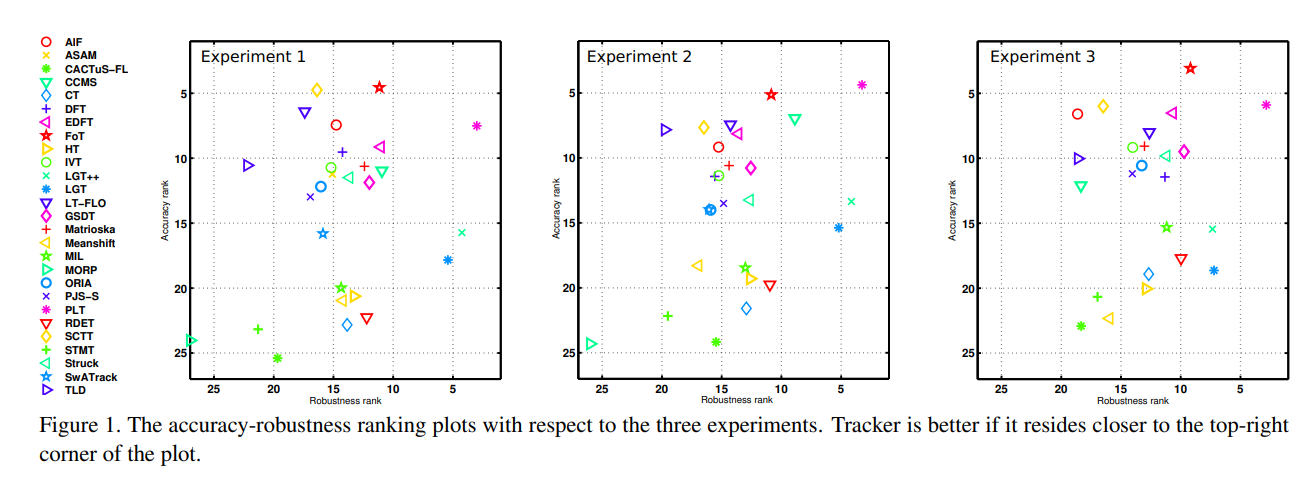
The visual object tracking VOT2013 challenge results
Visual tracking has attracted a significant attention in the last few decades. The recent surge in the number of publications on tracking-related problems have made it almost impossible to follow the developments in the field. One of the reasons is that there is a lack of commonly accepted annotated data-sets and standardized evaluation protocols that would allow objective comparison of different tracking methods. To address this issue, the Visual Object Tracking (VOT) workshop was organized in conjunction with ICCV2013. Researchers from academia as well as industry were invited to participate

Creating an innovative generic virtual learning lab
The use of multimedia technology and gamification has offered an alternative way of delivering information in education. Interactive Multimedia has the potential to revolutionize the way we work, learn and communicate. With gamification and interactive multimedia, the learning process becomes active, not passive and it ensures that users are doing, not simply watching. Also the Laboratory has a great role in enhancing students' skills as it is a vital environment of a variety of activities and experiments in which science is delivered. In this paper we introduce our concept of designing a
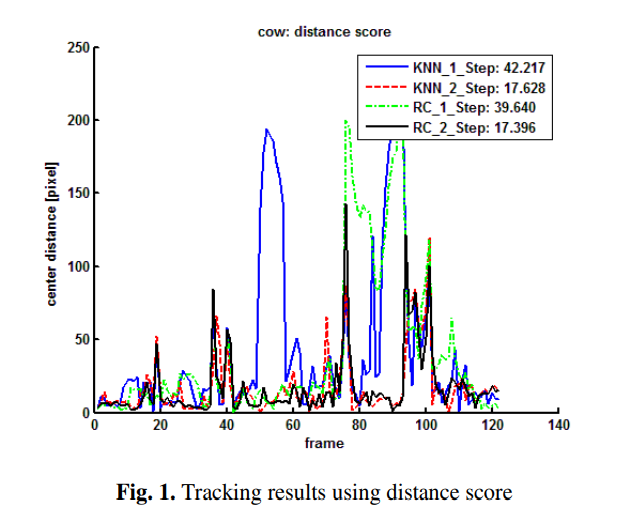
Robust scale-invariant object tracking
Tracking by detection methods are becoming increasingly popular in recent years. They use samples classified in previous frames to detect object in a new frame. These methods have shown successful results. However, due to the self updating nature of this approach, tracking by detection methods usually suffer from object drift. Inaccurately detected samples are added to the training set which degrades the performance. Another problem is that the object may change in shape and size which increases the potential for inaccurate detection and subsequently the chance of losing the object. We propose

Quantum Networking, where it is headed
It is an undeniable fact that computer science has gone a long way, from the invention of transistor-based electronic computers to the rise of artificial intelligence and quantum computing. Now that we are looking at the quantum horizon, the last piece that would complete the quantum revolution is quantum networking. © 2020 IEEE.
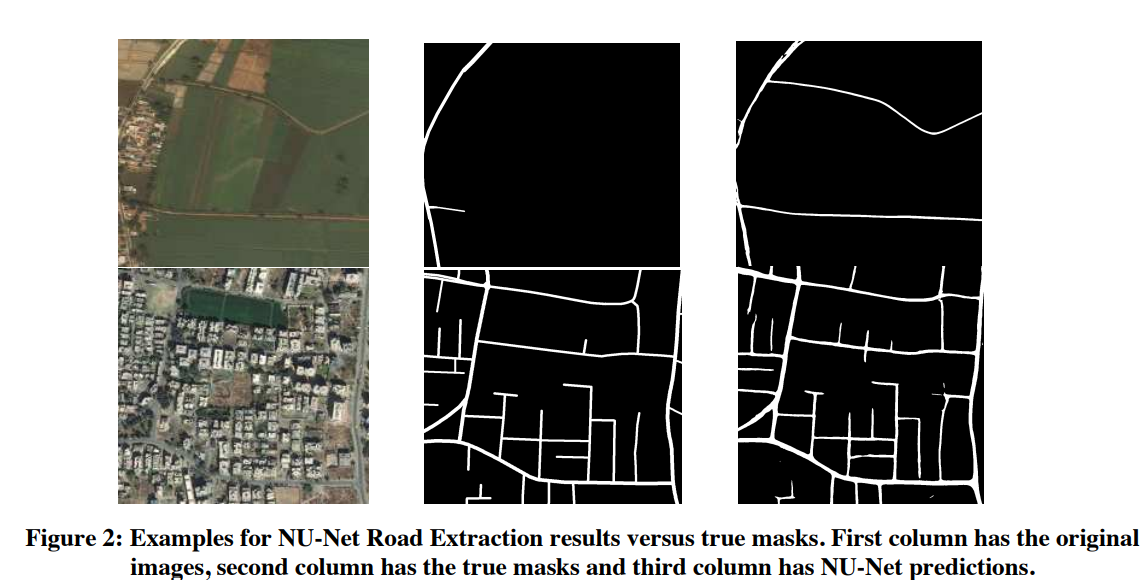
NU-Net: Deep residual wide field of view convolutional neural network for semantic segmentation
Semantic Segmentation of satellite images is one of the most challenging problems in computer vision as it requires a model capable of capturing both local and global information at each pixel. Current state of the art methods are based on Fully Convolutional Neural Networks (FCNN) with mostly two main components: an encoder which is a pretrained classification model that gradually reduces the input spatial size and a decoder that transforms the encoder's feature map into a predicted mask with the original size. We change this conventional architecture to a model that makes use of full
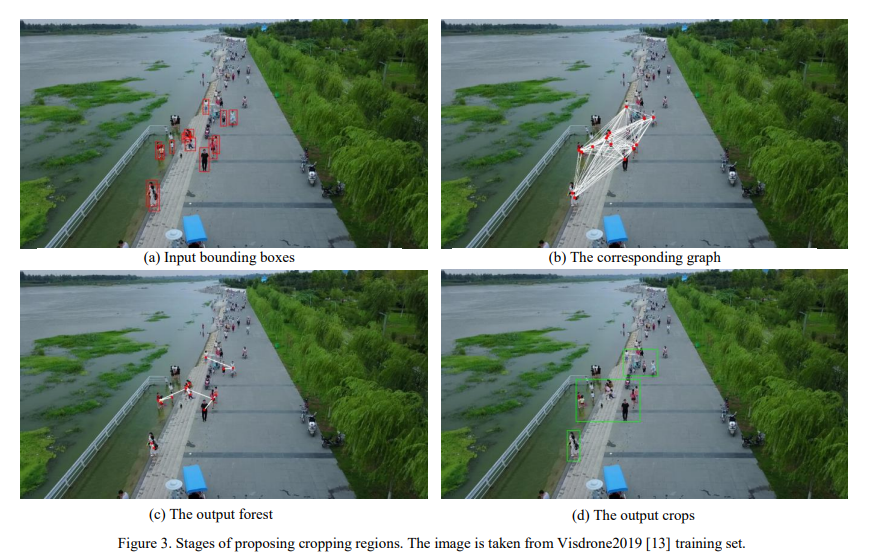
Robust real-time pedestrian detection on embedded devices
Detection of pedestrians on embedded devices, such as those on-board of robots and drones, has many applications including road intersection monitoring, security, crowd monitoring and surveillance, to name a few. However, the problem can be challenging due to continuously-changing camera viewpoint and varying object appearances as well as the need for lightweight algorithms suitable for embedded systems. This paper proposes a robust framework for pedestrian detection in many footages. The framework performs fine and coarse detections on different image regions and exploits temporal and spatial
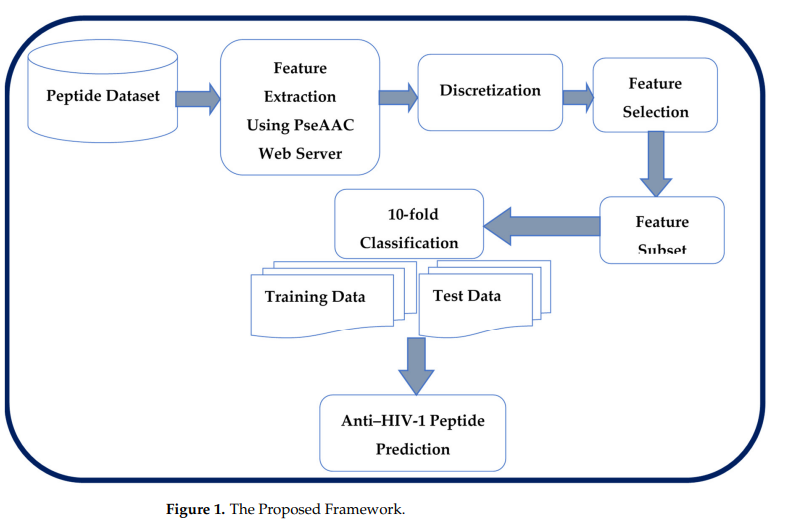
Rough Set Based Classification and Feature Selection Using Improved Harmony Search for Peptide Analysis and Prediction of Anti-HIV-1 Activities
AIDS, which is caused by the most widespread HIV-1 virus, attacks the immune system of the human body, and despite the incredible endeavors for finding proficient medication strategies, the continuing spread of AIDS and claiming subsequent infections has not yet been decreased. Consequently, the discovery of innovative medicinal methodologies is highly in demand. Some available therapies, based on peptides, proclaim the treatment for several deadly diseases such as AIDS and cancer. Since many experimental types of research are restricted by the analysis period and expenses, computational
Pagination
- Previous page ‹‹
- Page 14
- Next page ››
